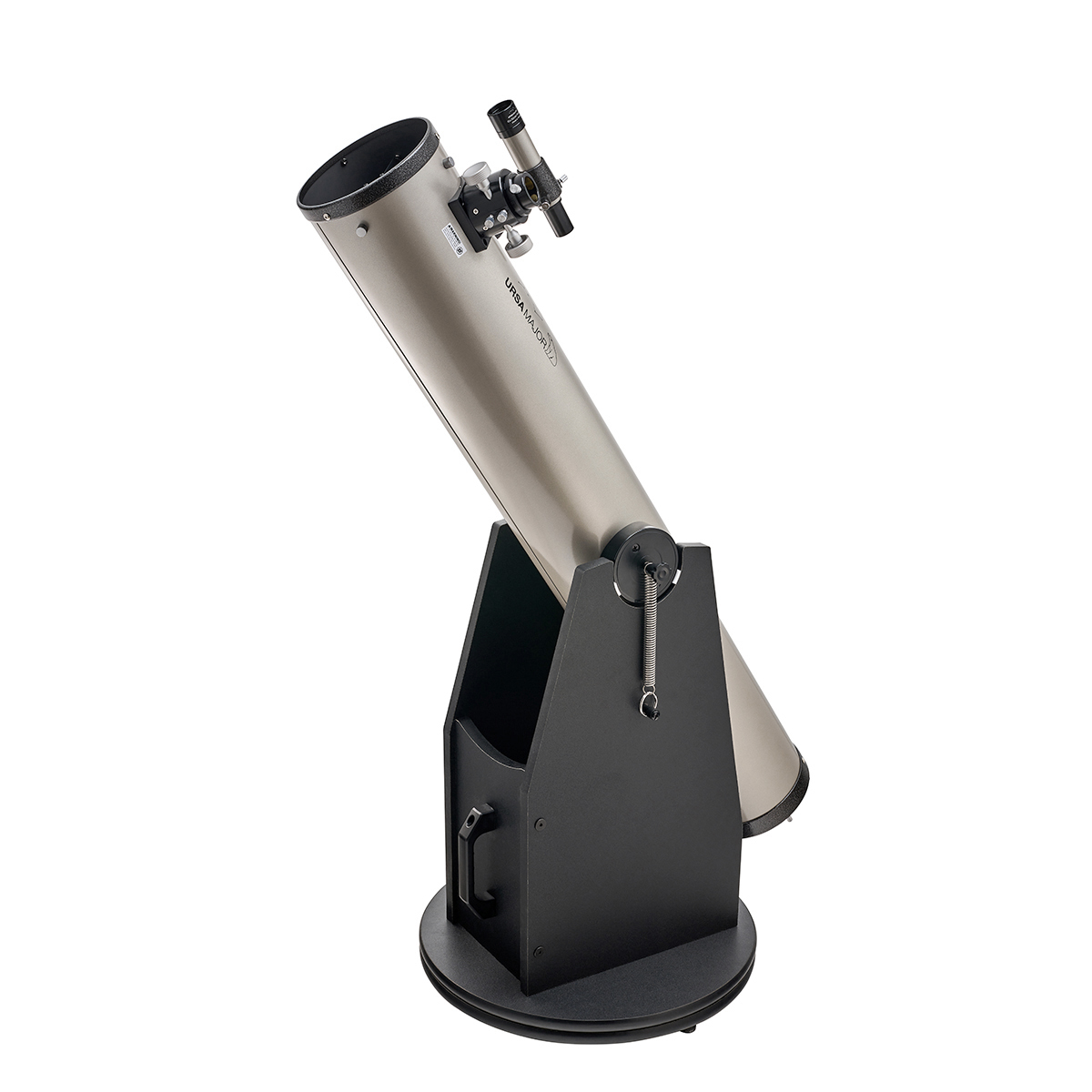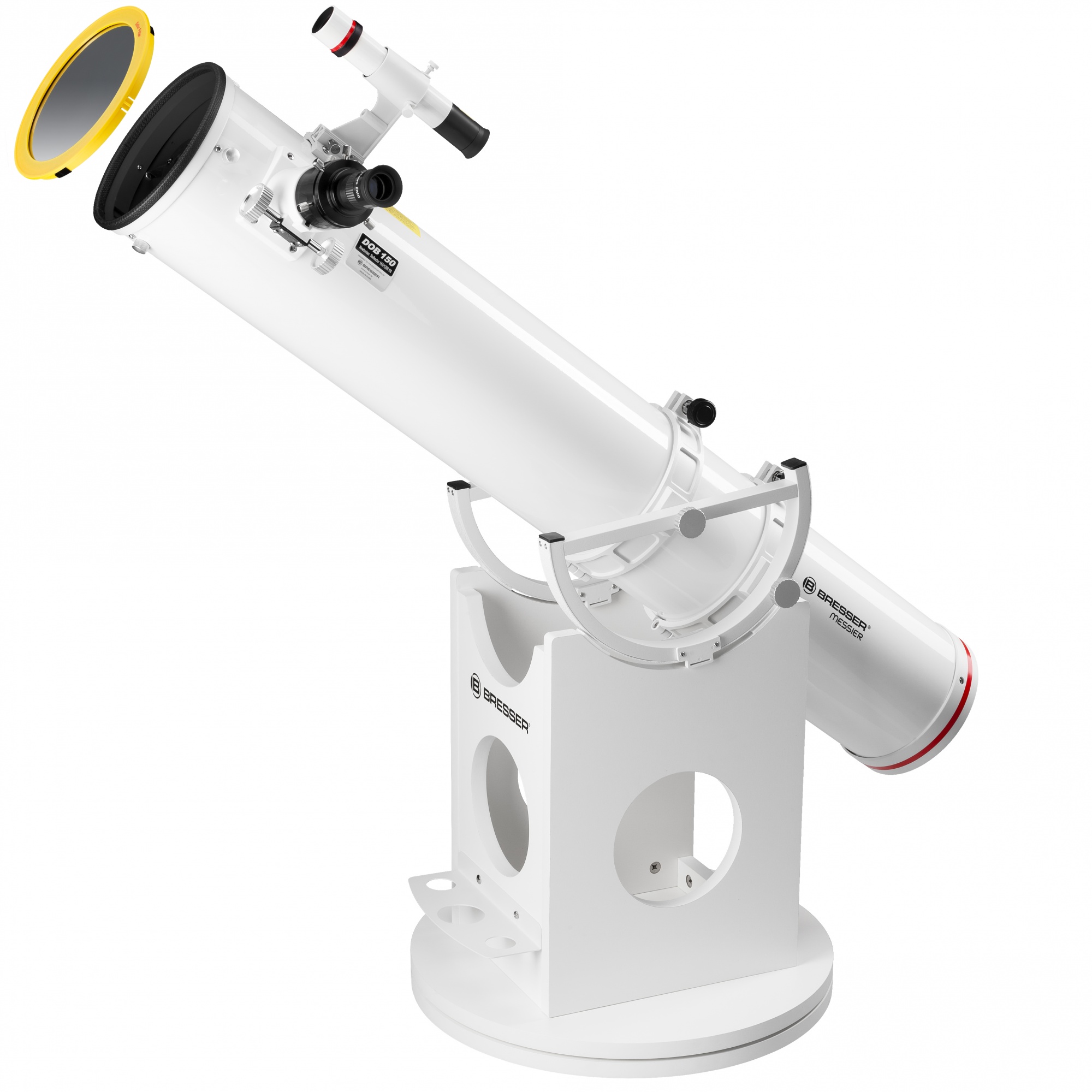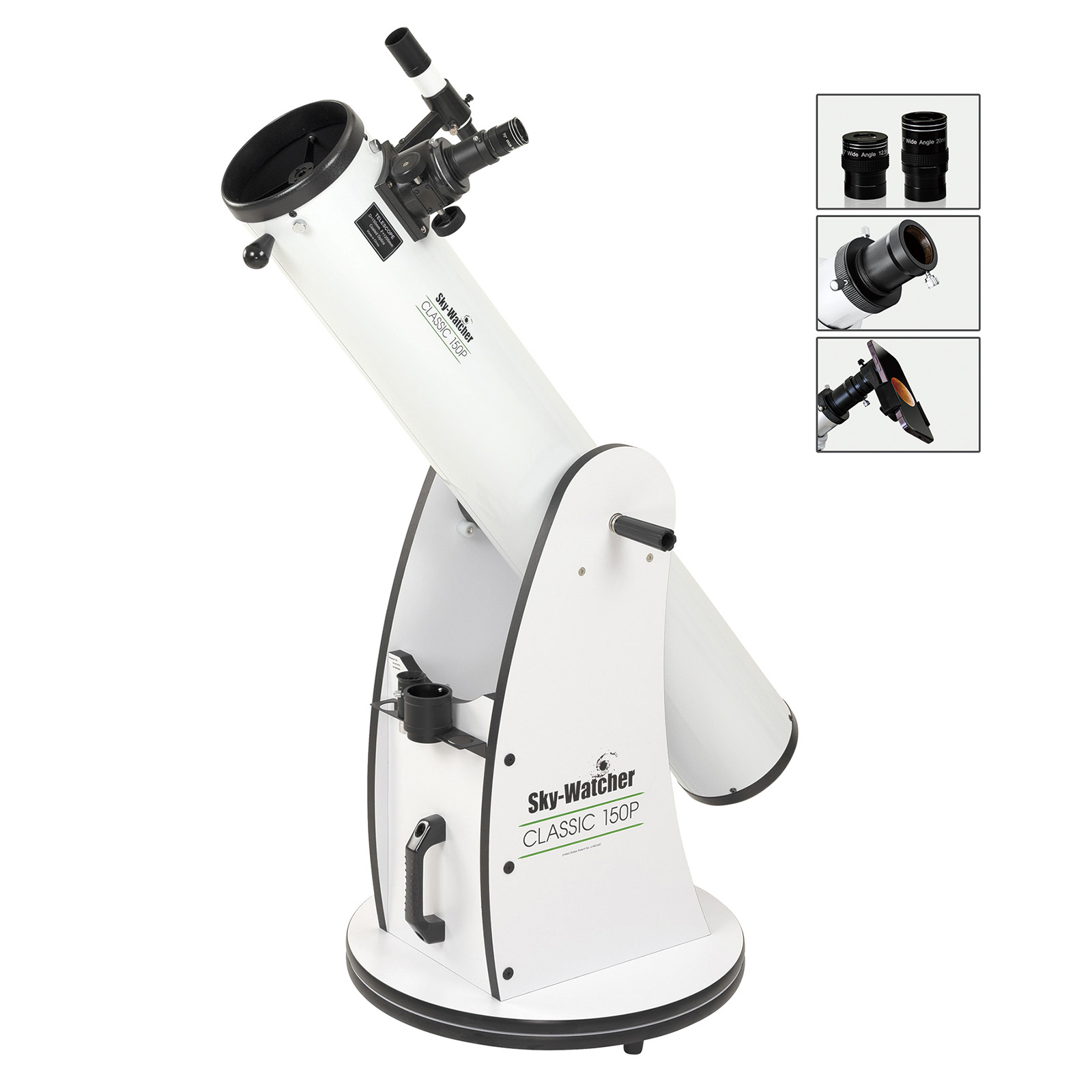Thanks! They look good. Are all three pretty much the same spec?
Optical quality wise there should be little difference.
Mass production of parabolic mirrors is routine nowadays and f/8 focal ratio is very easy for accurate manufacturing.
Accessories and features is where differences start.
For example Bresser has very good altitude axis implementation allowing rotating tube for the best focuser and finder position and rebalancing tube. (should work also as carrying handles for tube)
Also 2" focuser allows getting wide view eyepiece.
Though if you swap between small 1.25" eyepieces and big 2" "
hand grenade" there's no adjusting of altitude axis sensitivity/tightness for movement.
And if you want to swap finder, its mounting shoe is non-standard/proprietary. (or "poropietari" as we call in Finnish as twist of butterfinger meaning word poropeukalo)
That straight through finder really isn't good for anything but bright, easy to find objects when looking signigifcantly above the horizon and literally tries to break your neck, if you want to look near zenith through it.
Ursa Major again has standard "Synta/Vixen" style dovetail mounting for finder scope allowing swapping it in seconds.
But 1.25" focuser limits maximum FOV, if you have reasonably dark sky and want to look other than solar system objects.
Here's comparison of FOV between entry level 2" wide view eyepiece, 25mm Plössl and the widest view of 1.25" size giving 32mm Plössl using Pleiades as scale:

astronomy.tools
SkyWatcher has standard finder mount and wide view eyepieces allowing 2" focuser.
Though it's still single speed focuser and hence has the "finesse of trying to park car using only second/third gear" for high magnifications.
And unlike Crayford focuser in bigger SkyWatchers, there's no upgrade kit available for it. (whole focuser is £150)
For deep sky (outside solar system) objects magnifications single speed focuser really isn't any issue.
But if you want to squeeze details out from the Moon and planets, it lacks accuracy for easy focusing.
While planets are actually very challenging targets for seeing details, Moon is very rewarding from the first moment you start learning observing skills.
Still £300 is really entry level with better equipping costing more.









